Brazilian embroidery is done with a special type of artificial silk thread, which was previously produced only in Brazil. Looking at a picture made in this style, the idea arises that this is weaving or knitting. Below we will tell you what Brazilian volumetric embroidery ("Brazil-web") is, what materials and tools are required for it.
How does this style differ from the classic one?
The main differences between Brazilian embroidery and classic embroidery:
- The main theme is flowers and leaves. This is what inspires people in Brazil, where it is always sunny and warm.
- Viscose is most often used.
- Only special types of seams and stitches are used.
- The craftsmen use long needles.
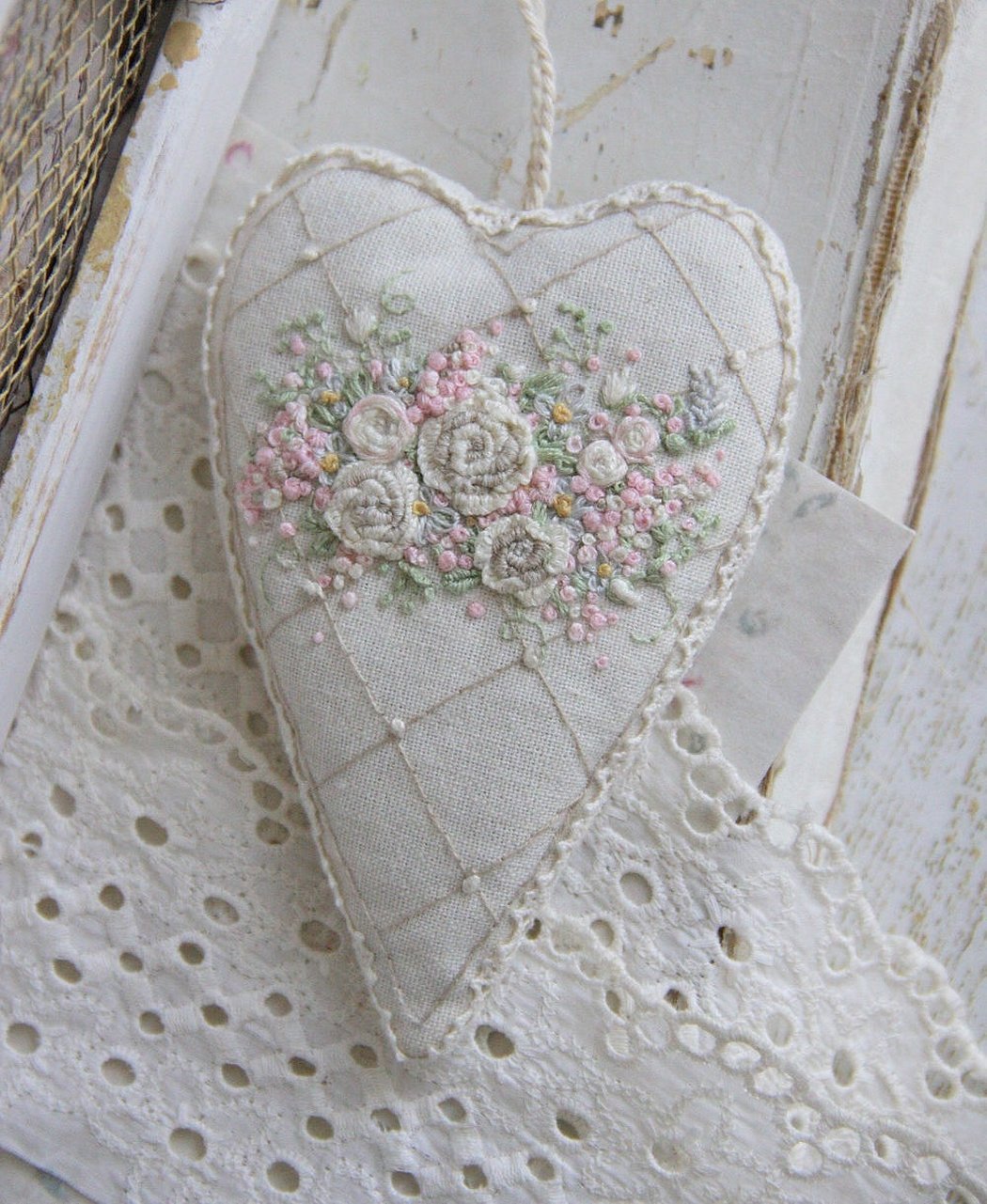
A bit of history
Volumetric embroidery originated in England in the early 17th century, when the Western Christian church collapsed. At that time, all efforts were spent on making church accessories, icons and other Christian utensils. Brazil developed its own style, which gained popularity all over the world and became almost the most famous. In Europe, this type of needlework is often combined with other styles, such as satin stitch. Usually, the background is made with satin stitch, and the figures are made with volumetric drawings in the Brazilian style.
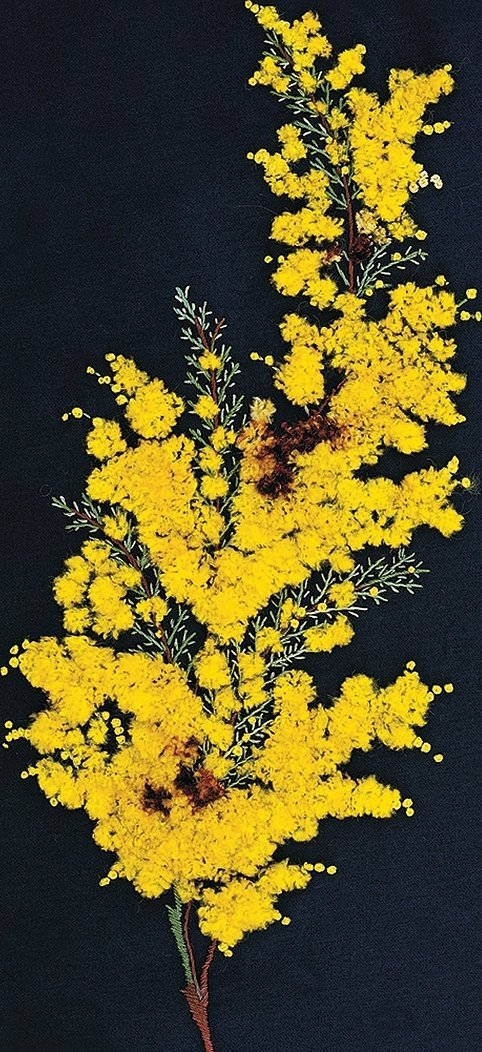
Features of the Brazilian embroidery technique
The technique combines many additional relief elements. Among them are the stem stitch, the French knot, and the layout. The Brazilian style involves embroidering bouquets, flower arrangements, and plant ornaments that can be woven into the images.
Important! The secret of this style is in the use of special threads or yarn made of artificial silk - twisted viscose. In this case, the twisting should be counterclockwise. This is one of the most important conditions for creating a beautiful and voluminous pattern.
The fabric material on which the threads will be applied must be dense and monochromatic - preferably white or black.
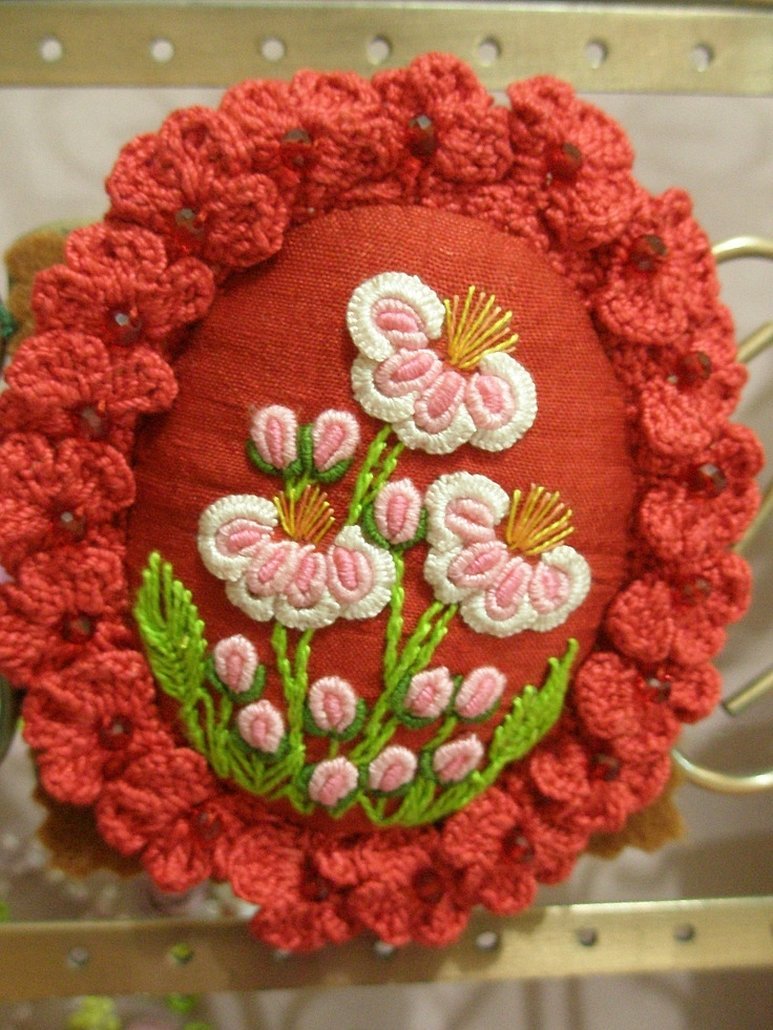
Needles used in such handicrafts are different, but they are always very long and thin. If you want to buy a kit for Brazilian style embroidery, most likely it will have more than 20 special needles. In the schemes, when creating each stitch or element, not only the color of the thread is indicated, but also the type of needle used.
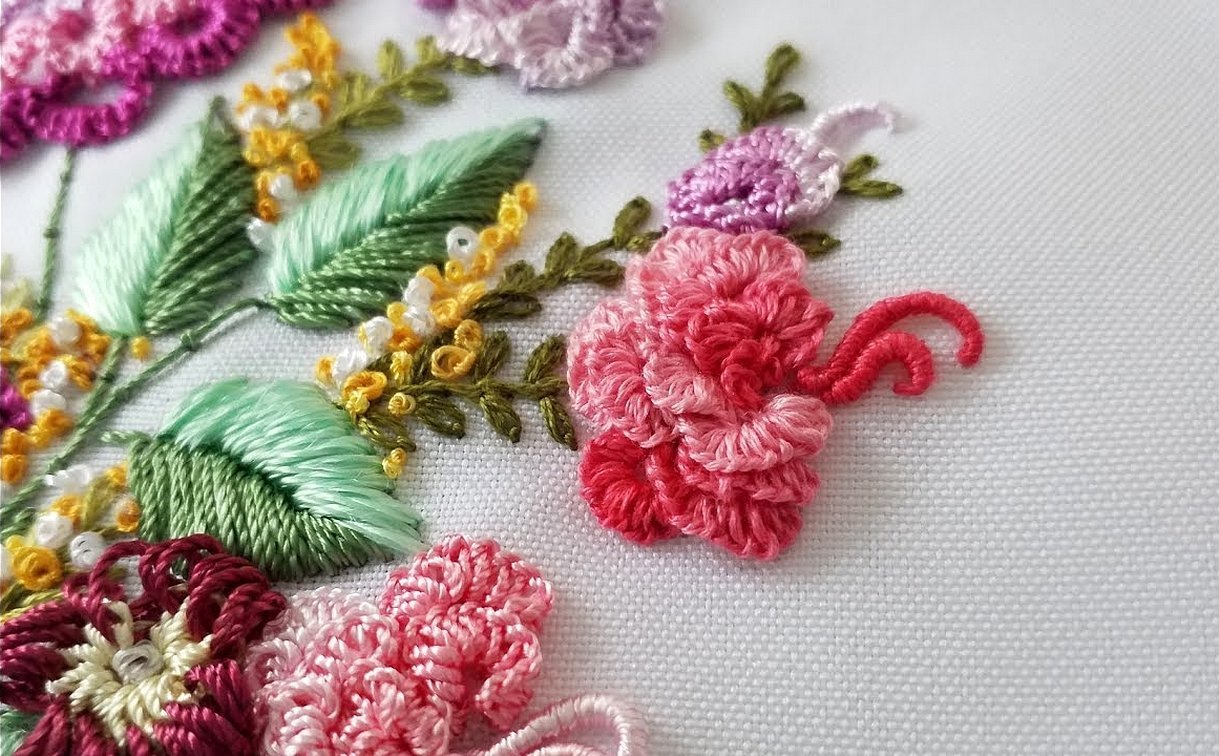
Necessary materials
To work you need to prepare:
- Material for the base fabric. It is best to use printed silk, but you can choose any type of fabric.
- Needles. It is worth using long needles, specially designed for this type of embroidery. They can be of different lengths and shapes, sharp and blunt, with flat and round eyes.
- Threads. Traditionally, viscose threads made of artificial silk or similar materials are used. Such material is rare for the CIS, so it is permissible to use thin cotton threads containing viscose.
- Hoop. You can ignore this thing if it is convenient to work without it.
- Scissors. It is recommended to have smaller scissors on hand for cutting pieces of thread and larger ones for cutting the fabric.
- Decorative elements. If the master uses beads, beads or artificial elements for decoration, this will not spoil the idea.
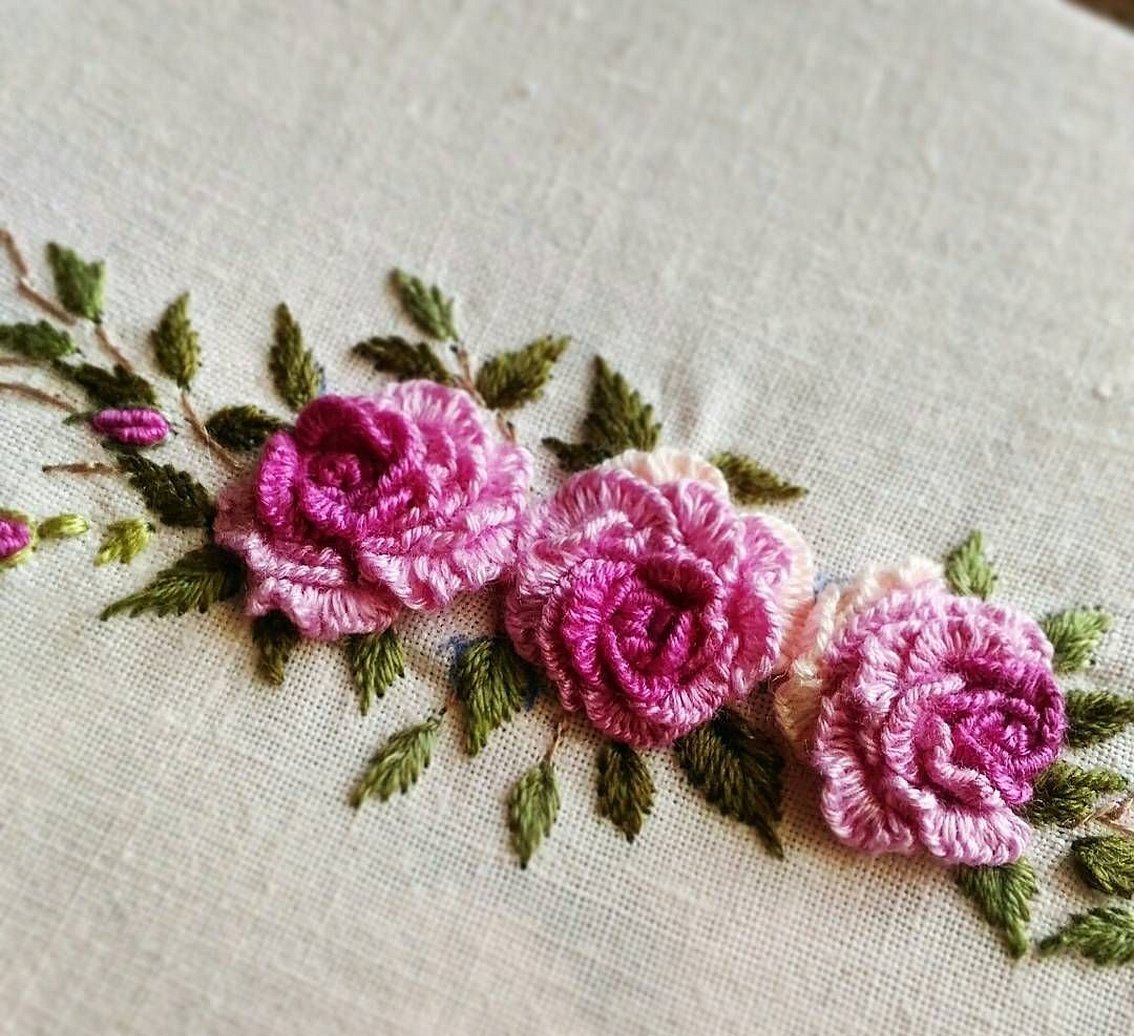
Brazilian embroidery needles
The technique combines sewing and weaving. It is not difficult to replace, having seen such a product at least once. That is why the needles used in traditional techniques are not suitable here. It is recommended to choose special devices from 5 centimeters in length for work.
Galina Perova
Galina Perova is the founder of the school of volumetric embroidery. If someone searched the Internet for master classes on any of the volumetric techniques, then most likely they came across her lessons or courses. On her official website there are many paid and free lessons dedicated to volumetric sewing on canvas using unusual techniques.

Main seams
Basic stitches that will help you create a work of art even from the simplest motif or pattern:
- Rococo stitch. It allows you to embroider curls in the form of seashells or caterpillars. It is used to embroider rose petals or other flowers.
- Cast-on stitch. Also used for petals of various flowers. To create it, the thread is wrapped around the needle several times and loops are formed, through which the same thread is then pulled.

- Couching ("couching", "overlay stitch"). The simplest stitch. It acts as a stitching element for stems and branches. The main fiber is pulled along the contours of the image, and then attached to the fabric with small stitches.
- Loop with attachment. It is made by fastening the thread on the back side and bringing it to the face side of the product. The thread is held with the left hand. At the end, the loop is secured with a stitch.
- French knot. Used for flower centers and other decorations. To do this, the thread is first secured on the back side, and then brought out to the front. Then the thread is wound onto the needle and brought out to the back side.
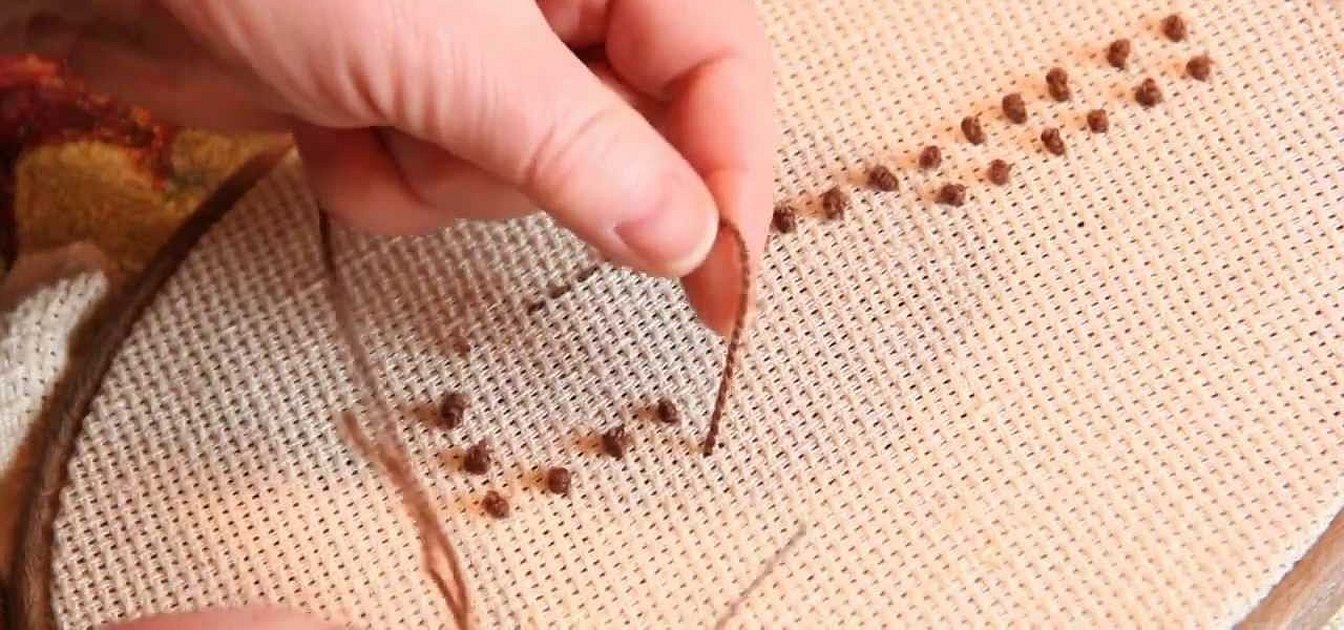
- Bullion stitch ("twisted or lace stitch"). It is done clockwise. Silk thread with a Z-weave is used.
- Stem Stitch. The application comes from the name: it is used to make stems and branches. Each subsequent stitch is made in the middle of the previous one and above its horizontal line.
- Leaf Stitch. The main stitch for embroidering leaves. The first stitch is made from the beginning to 1/3 of the leaf in the middle, and then the threads are deflected to different angles and their length increases by the width of the thread.
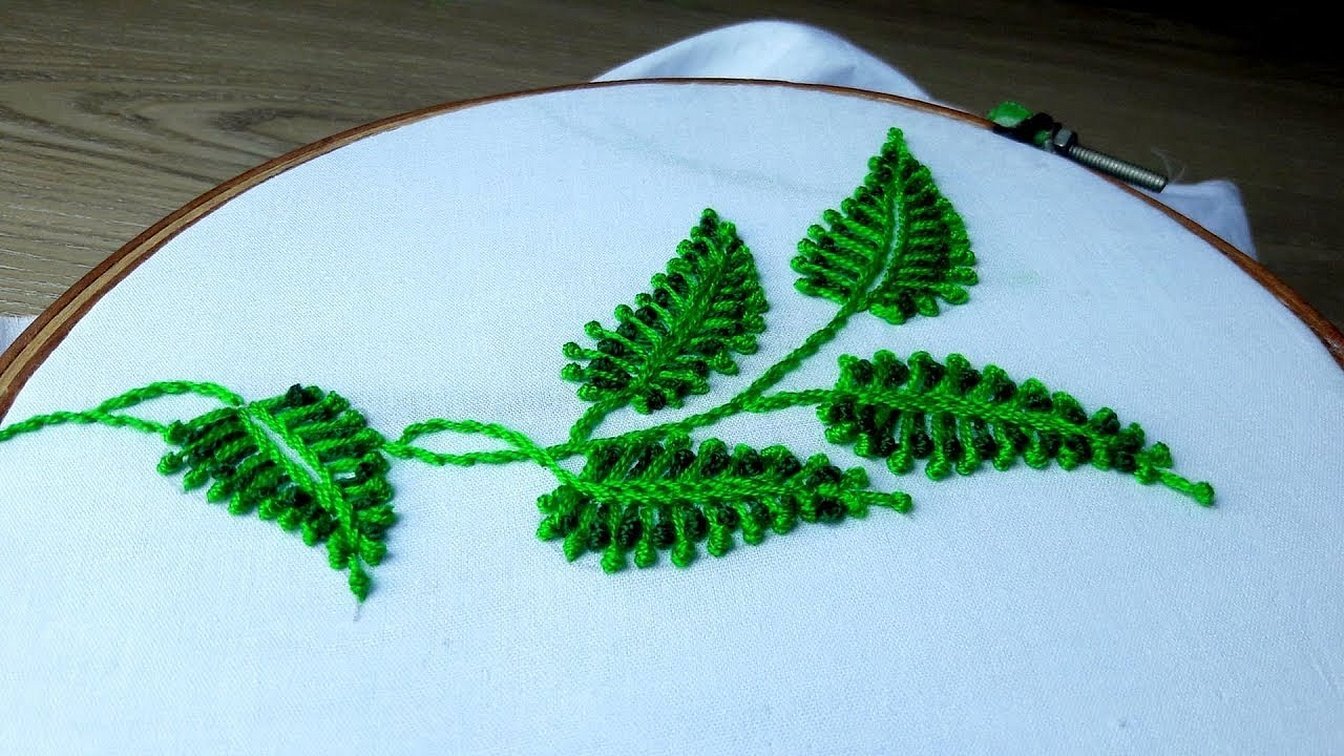
How Brazilian Embroidery is Used
Brazilian embroidery is used not only to create paintings on canvas. This type of embroidery is used to decorate clothes, napkins or bedspreads. It looks great on children and women. This technique is also often used to create interesting design elements.
Important! Some experienced craftswomen can even create unique works of art and decorate their apartments with them.

Brazilian Embroidery for Beginners: Basic Motifs
As already mentioned, the main object of the Brazilian style is all kinds of flowers: from roses to echinacea. You can do daisies, peonies and chrysanthemums very well. Patterns or stems, leaves and grass are added to any flower, then the picture is considered complete.
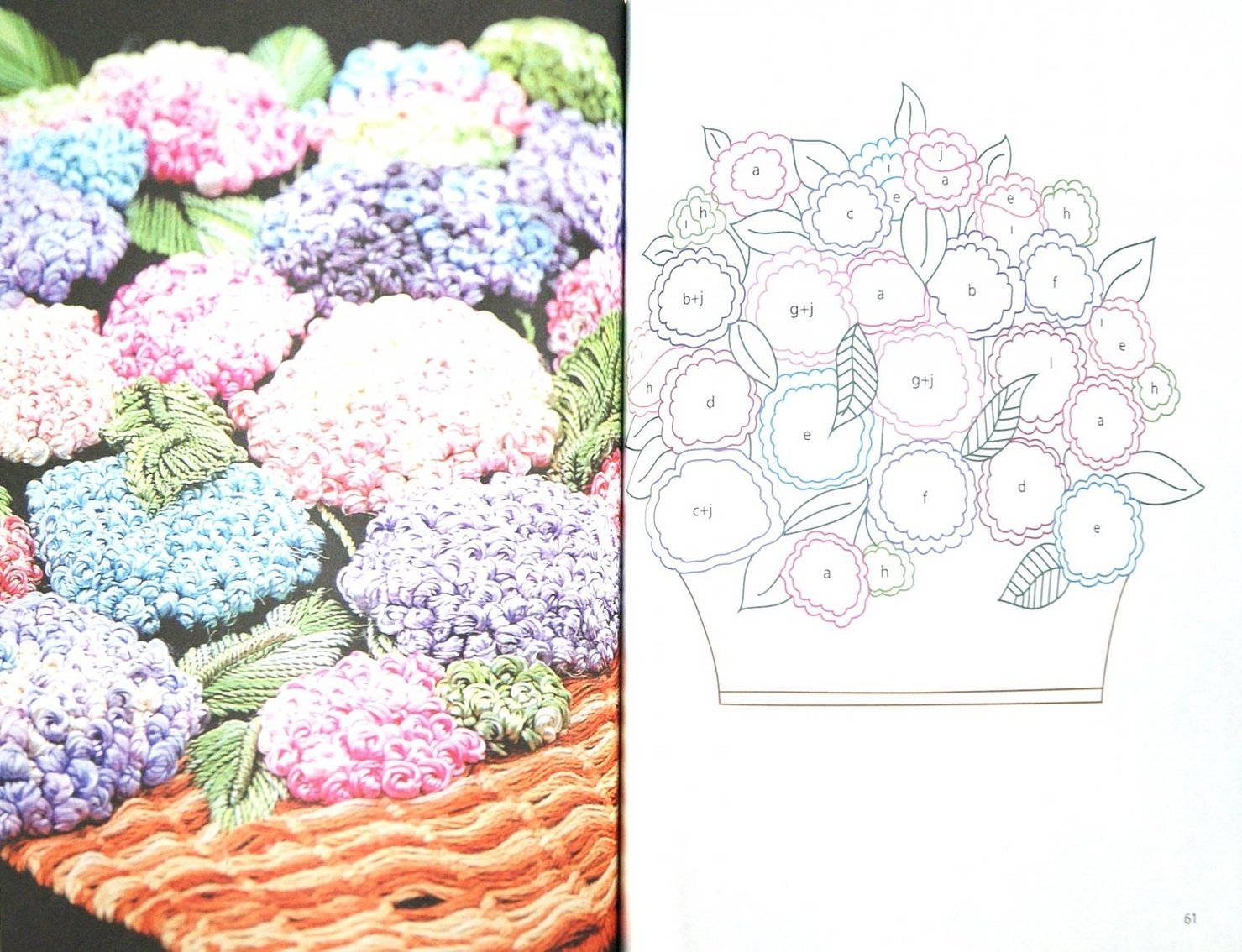
Embroidery is a popular hobby for both beginners and professionals. Using this technique, you can make a perfect butterfly or flower.




